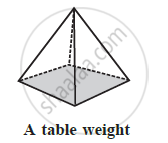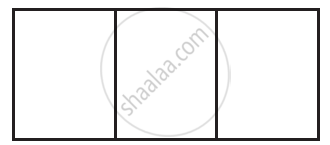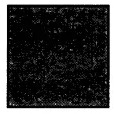Advertisements
Advertisements
प्रश्न
Verify Euler's formula for the following polyhedron:

उत्तर
In the given polyhedron:
Edges E=16
Faces F=9
Vertices V=9

Now, putting these values in Euler's formula:
RHS: F+V
= 9+9
= 18
LHS: E + 2
= 16 + 2
= 18
LHS = RHS
Hence, Euler's formula is satisfied.
APPEARS IN
संबंधित प्रश्न
Can a polyhedron have for its faces a square and four triangles?
The given Figure are prisms or not?

Here is an incomplete net for making a cube. Complete it in at least two different ways. Remember that a cube has six faces. How many are there in the net here? (Give two separate diagrams. If you like, you may use a squared sheet for easy manipulation.)

Verify Euler's formula for the following polyhedron:

Using Euler's formula find the unknown:
| Faces | ? | 5 | 20 |
| Vertices | 6 | ? | 12 |
| Edges | 12 | 9 | ? |
The figure, given below, shows shadows of some 3D object when seen under the lamp of an overhead projector:

A square
In this case, name the object.
Using Euler’s formula, find the values of a, b, c and d.
| Faces | a | 5 | 20 | 6 |
| Vertices | 6 | b | 12 | d |
| Edges | 12 | 9 | c | 12 |
Dice are cubes with dots or dots on the face. Opposite faces of a die always have a total of seven on them.
In the given below net to make dice (cube), the numbers inserted in the square indicate the number of dots in it.

Insert suitable numbers in the blank so that numbers in opposite faces of the die have a total of seven dots.
The following figure represent the nets of some solid. Name the solid

Find the number of faces in the given shape:

